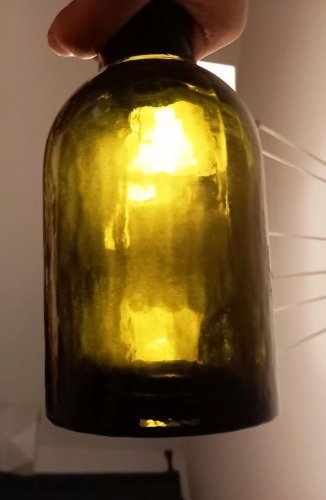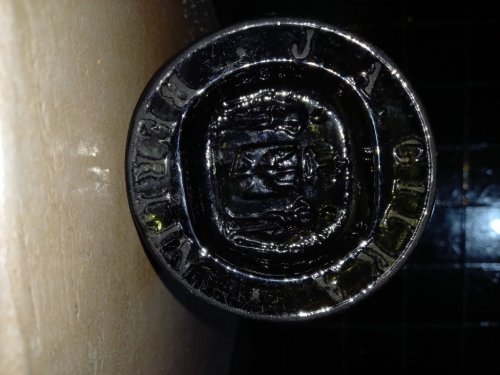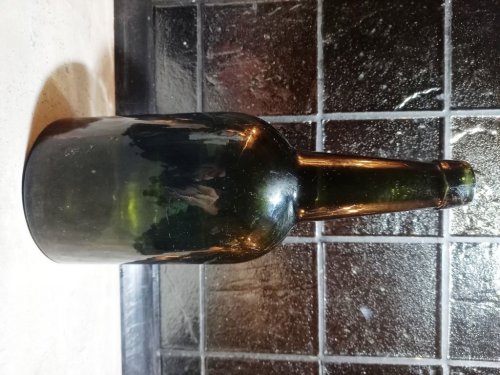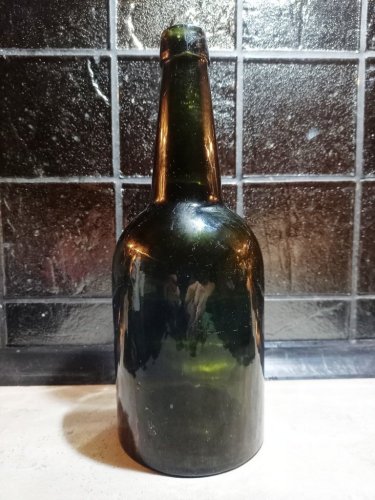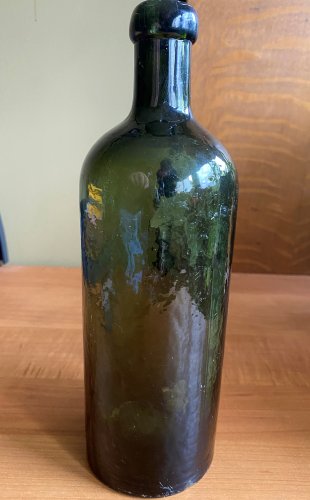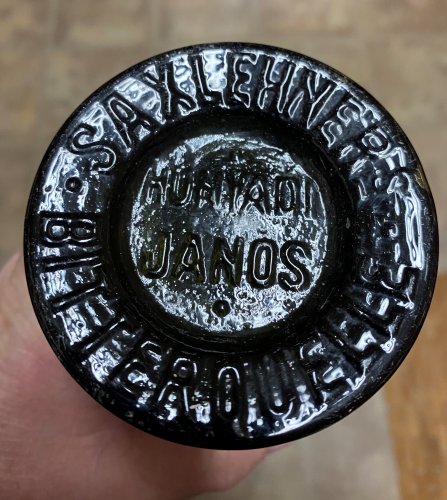I would like to learn something more about a bottle bought at a flea market. I have found a lot of information about history of GILKA Berlin Company and their bottles but nothing about the bottle in shape like this. I would be very grateful for any information from what period of Gilka's production it may come from and any other details concern this bottle?
Thank you in advance
TSpider
Thank you in advance
TSpider

